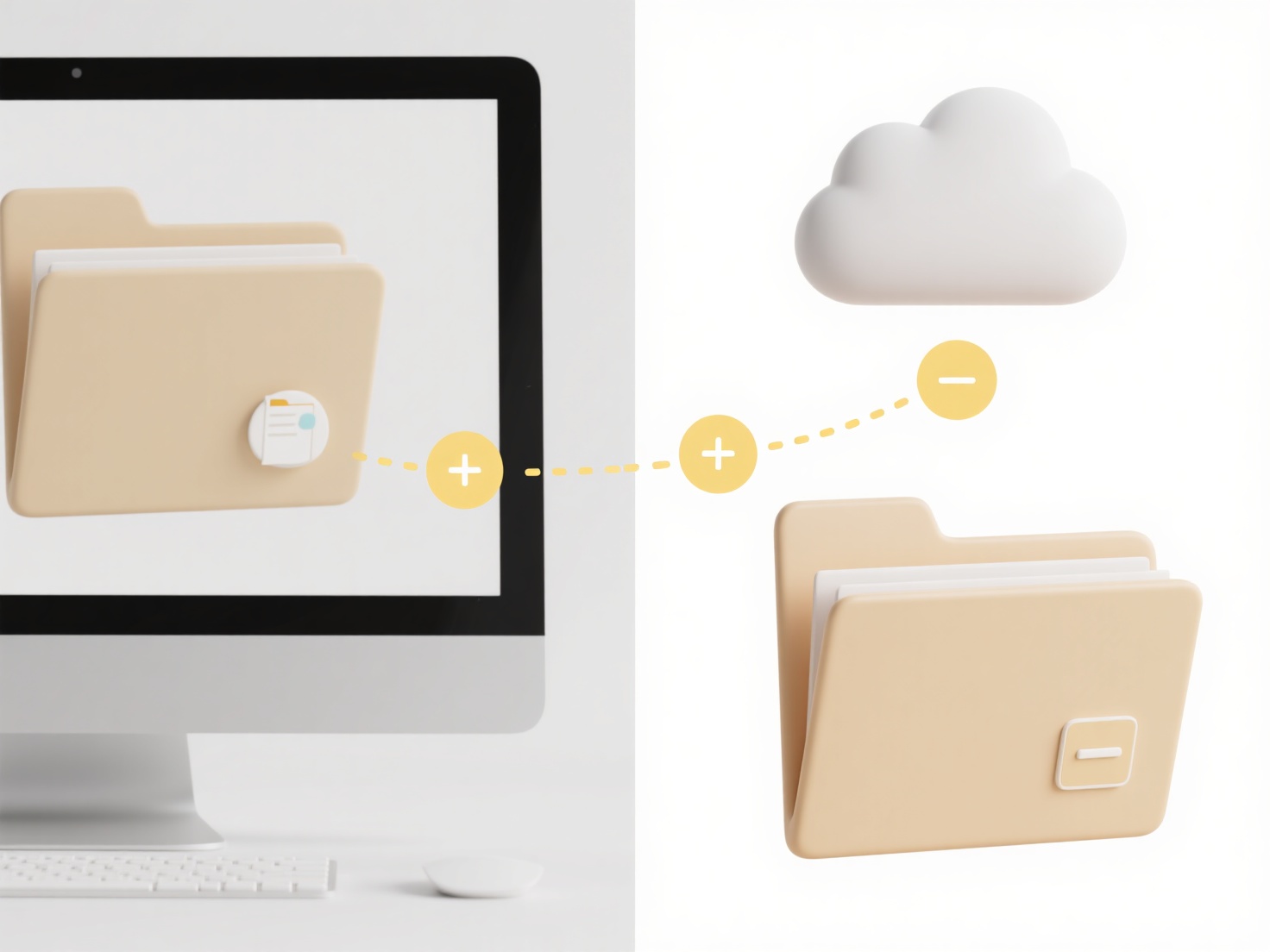
Shared creative project permissions refer to controlling who can view, edit, download, or manage digital assets like designs, videos, or documents used collaboratively. It works by assigning specific access levels to individual team members or groups, going beyond basic file sharing to ensure only authorized actions are possible. This differs from simply sharing a file link by allowing fine-grained control over actions contributors can take, preventing unauthorized changes or deletion.
For example, a marketing team might use Adobe Creative Cloud Libraries, setting editors who can modify branding assets while restricting clients to viewer-only access. Similarly, a game development studio uses source control platforms like Perforce Helix Core or Unity Version Control, granting programmers write access to specific code branches while artists have read-only access to relevant art folders, ensuring workflows aren't disrupted.

Effectively managed permissions protect intellectual property, prevent conflicts, and improve workflow efficiency. Key challenges include initial setup complexity, ensuring consistent permission schemes across tools, and training users on protocols. Ethical considerations involve transparency with collaborators about access levels. Future solutions may leverage more intelligent, project-based permission templates and blockchain for immutable usage tracking, fostering trust and smoother collaboration.
How do I manage permissions for shared creative projects?
Shared creative project permissions refer to controlling who can view, edit, download, or manage digital assets like designs, videos, or documents used collaboratively. It works by assigning specific access levels to individual team members or groups, going beyond basic file sharing to ensure only authorized actions are possible. This differs from simply sharing a file link by allowing fine-grained control over actions contributors can take, preventing unauthorized changes or deletion.
For example, a marketing team might use Adobe Creative Cloud Libraries, setting editors who can modify branding assets while restricting clients to viewer-only access. Similarly, a game development studio uses source control platforms like Perforce Helix Core or Unity Version Control, granting programmers write access to specific code branches while artists have read-only access to relevant art folders, ensuring workflows aren't disrupted.

Effectively managed permissions protect intellectual property, prevent conflicts, and improve workflow efficiency. Key challenges include initial setup complexity, ensuring consistent permission schemes across tools, and training users on protocols. Ethical considerations involve transparency with collaborators about access levels. Future solutions may leverage more intelligent, project-based permission templates and blockchain for immutable usage tracking, fostering trust and smoother collaboration.
Quick Article Links
Why does the file keep asking to update format or content?
Files frequently prompt for updates when transitioning between applications or versions due to inherent compatibility di...
Should I include approval status in file names (e.g., “approved,” “draft”)?
Including approval status like "approved" or "draft" directly in file names means appending a clear label (e.g., `Budget...
How do I export from Canva or Figma?
Exporting refers to saving your design from Canva or Figma into various file formats suitable for sharing, printing, or ...